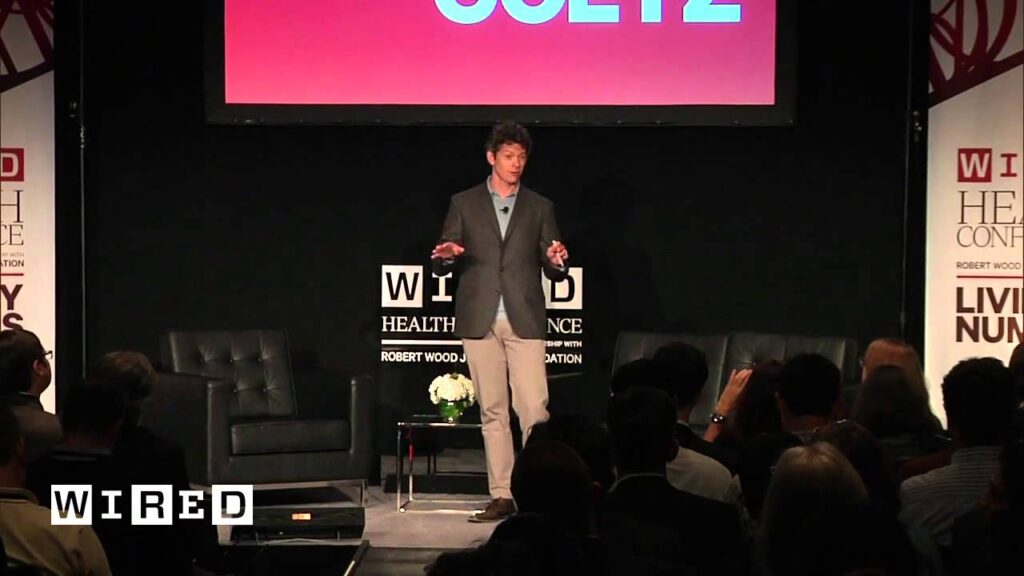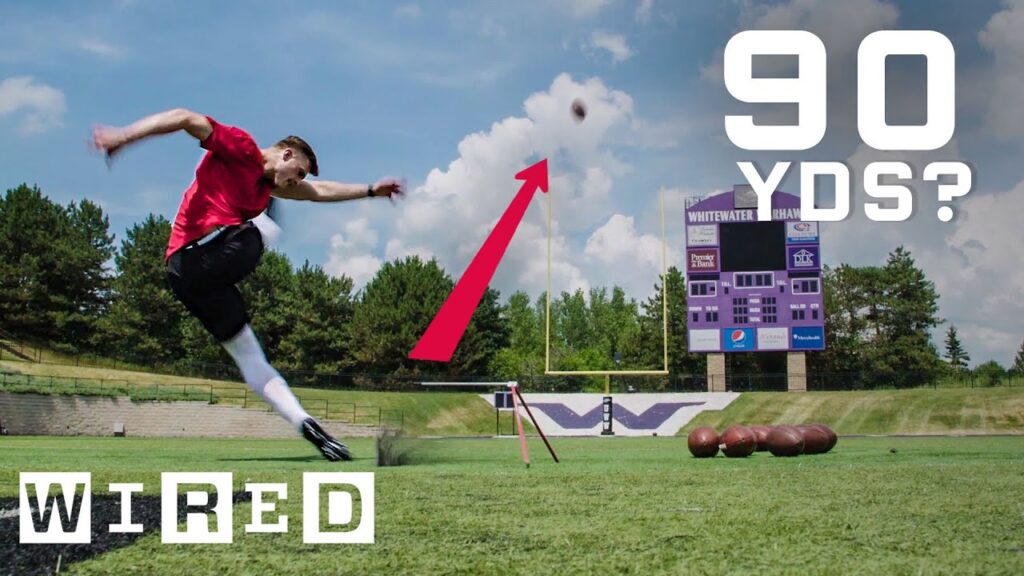Body Language Support: Understanding the Power of Nonverbal Communication
Summary
Body language is an essential component of nonverbal communication that influences how we interact with others. In this blog post, we will be answering some of the commonly asked questions on body language, such as the significance of mirroring behavior, the truth about power poses, and the science behind covering your mouth when hearing bad news. We will also dive into the different types of nonverbal communication, including proxemics, kinesics, haptics, and chronemics.
Table of Contents
- The truth about mirroring behavior
- Why power poses are not always effective
- The significance of smirking when confronted with a serious matter
- The science behind covering your mouth when hearing bad news
- Understanding genital framing technique
- The importance of facial movements and expressions in sign language
- Debunking the myth about crossing your arms in body language
- Defining proxemics, chronemics, kinesics, and haptics
- The effectiveness of peacocking in attracting attention
- How nonverbal communication affects virtual consultations
The Truth About Mirroring Behavior
Mirroring behavior is a common phenomenon that occurs when people imitate each other’s body language, voice tones, and accents. Many believe that mirroring behavior is a sign of attraction, but that is not entirely accurate. Mirroring behavior occurs when there is a psychological comfort level between two individuals. This level of composure can manifest in the form of similar body language, breathing patterns, or even sitting style. For instance, couples in a comfortable relationship may reflexively touch their faces in similar ways.
Why Power Poses Are Not Always Effective
The theory behind power poses is to portray confidence and domination to others, especially in an interview setting. However, the truth is that when we are in an interview or a similar situation, we are in someone else’s domain, and displaying power poses can often backfire. Instead, it is better to use behaviors that show good manners, such as yielding to let someone walk ahead, using hand signals to indicate where they can sit, and being confident while nodding and gesturing smoothly.
The Significance of Smirking When Confronted With a Serious Matter
Smirking is a disarming body language that is often associated with lying. However, Joe Navarro, a body language expert, disagrees with this assumption. He emphasizes that there is no single behavior indicative of deception. Therefore, the best way to approach smirking or other unusual behavior is to take note of it and ask more questions. If the behavior makes you uncomfortable, it is even more important to exercise caution or seek clarification.
The Science behind Covering Your Mouth When Hearing Bad News
Covering your mouth when hearing bad news is a primordial biological response brought down through evolution. Millions of years ago, when we were surrounded by predators, we had to communicate silently to protect ourselves. Three biological behaviors developed to deal with these situations, and one of them was covering our mouths. Predators listen for breathing sounds, and by covering our mouth, we prevent them from honing in on our scent.
Understanding Genital Framing Technique
Genital framing refers to the act of tucking one’s thumbs inside their pants. Humans tend to hide their thumbs when we feel fearful or concerned. Therefore, when it comes to thumb behavior, we should use behaviors that signal strength and confidence. This could involve displaying our thumbs outward in a powerful stance, rather than hiding them inside our pants.
The Importance of Facial Movements and Expressions in Sign Language
Sign language relies heavily on facial expressions, which can convey up to 4,000 distinctive behaviors. The face can give context, emphasize, articulate, or describe the message being conveyed. Although sign language mainly involves using hand gestures, facial expressions, and movements play an equally significant role in delivering the message.
Debunking the Myth about Crossing Your Arms in Body Language
Crossing your arms is a comforting behavior rather than a defensive one. It exudes a sense of self-hug, even when we are angry. It is important to recognize this behavior as a form of comfort, rather than assuming that it is blocking or defensive body language.
Defining Proxemics, Chronemics, Kinesics, and Haptics
Proxemics is the study of distance, including intimate, personal, social, and public space. Chronemics is the study of time, such as our circadian rhythm, early mornings offset with heart attacks, and other temporal factors in our lives. Kinesics refer to how we move our arms, fingers, or legs. Haptics is the study of touch and encompasses how we touch ourselves, others, screens on computers, and buttons on aircraft.
The Effectiveness of Peacocking in Attracting Attention
Peacocking involves wearing clothing or displaying behaviors that make you stand out from the crowd. Although it is an effective way of gaining attention, your behavior must fit within certain limits. It helps attract attention in courtship years, but if you go overboard, it can lead to ridicule.
How Nonverbal Communication Affects Virtual Consultations
Virtual consultations have become a norm due to the pandemic, and many wonder whether nonverbal communication can still influence our interactions. According to Joe Navarro, virtual consultations limit our ability to communicate because they lack the visual, vocal, verbal, and haptic elements of face-to-face conversations. Joe Navarro argues that these elements are crucial, especially for the power of the shaman or the healer.
Conclusion
Body language is a fundamental part of nonverbal communication that is often overlooked. Understanding body language and how it affects our interactions can be helpful for interpreting others’ behavior and also improving our communication skills. In this blog post, we have answered some commonly asked questions on body language, such as the truth about power poses, the significance of smirking, and why we cover our mouth when hearing bad news. We have also examined the different types of nonverbal communication, including proxemics, chronemics, kinesics, haptics, and the importance of facial movements and expressions in sign language. With this knowledge, we can express ourselves more effectively and interpret others’ behavior accurately.







